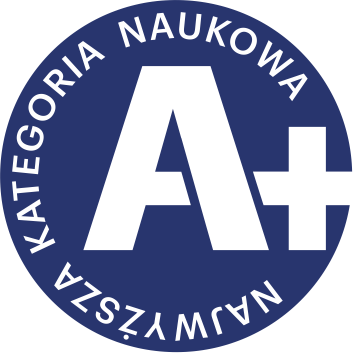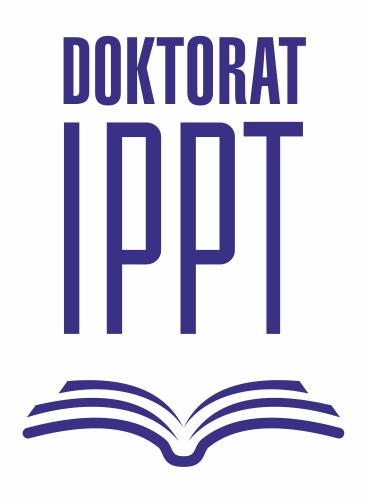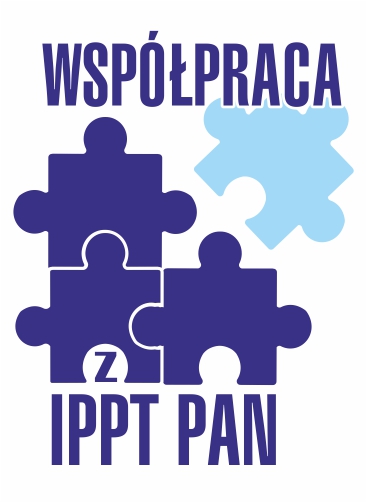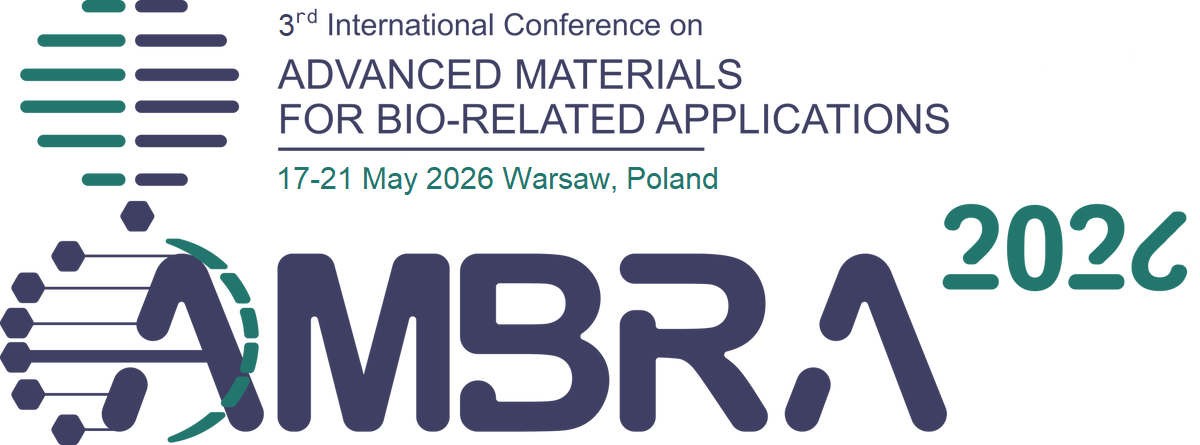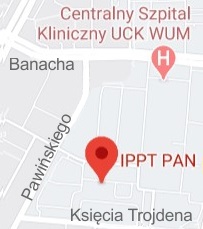| 1. |
Kalita D.♦, Mulewska K.♦, Jóźwik I.♦, Zaborowska A.♦, Gawęda M.♦, Chromiński W.♦, Bochenek K., Rogal Ł.♦, Metastable β-Phase Ti–Nb Alloys Fabricated by Powder Metallurgy: Effect of Nb on Superelasticity and Deformation Behavior,
METALLURGICAL AND MATERIALS TRANSACTIONS A-PHYSICAL METALLURGY AND MATERIALS SCIENCE, ISSN: 1073-5623, DOI: 10.1007/s11661-023-07285-5, pp.1-17, 2024 Streszczenie:
This study investigates the effect of Nb concentration on the mechanical properties, superelasticity, as well as deformation behavior of metastable β-phase Ti–Nb alloys produced via powder metallurgy. The alloys were fabricated through mechanical alloying, followed by consolidation using hot pressing. The resulting microstructure comprises fine β-phase grains with TiC carbide precipitates at the grain boundaries. The study reveals non-linear variations in the values of yield strength for the manufactured materials, which were attributed to the occurrence of various deformation mechanisms activated during the loading. It was found that the mechanisms change with the increasing concentration of Nb in the manner: stress-induced martensitic transformation, twinning, slip. However, all these mechanisms were activated at a reduced concentration of Nb compared to the materials obtained by casting technology previously reported in the literature. This is most probably associated with the elevated oxygen content, which affects the stability of the parent β-phase. The study revealed that superelasticity in Ti–Nb-based alloys prepared using powder metallurgy may be achieved by reducing the content of β-stabilizing elements compared to alloys obtained by conventional technologies. In this study, the Ti–14Nb (at. pct) alloy exhibited the best superelasticity, whereas conventionally fabricated Ti–Nb alloys displayed superelasticity at an Nb concentration of approximately 26 at. pct. The developed material exhibited a non-conventional, one-stage yielding behavior, resulting in a superelastic response at significantly higher stresses compared to conventionally fabricated Ti–Nb alloys. Afiliacje autorów:
| Kalita D. | - | inna afiliacja | | Mulewska K. | - | National Centre for Nuclear Research (PL) | | Jóźwik I. | - | Institute of Electronic Materials Technology (PL) | | Zaborowska A. | - | inna afiliacja | | Gawęda M. | - | inna afiliacja | | Chromiński W. | - | inna afiliacja | | Bochenek K. | - | IPPT PAN | | Rogal Ł. | - | Institute of Metallurgy and Materials Science, Polish Academy of Sciences (PL) |
|  | 200p. |
| 2. |
Kosińska A.♦, Jagielski J.♦, Bieliński D.M.♦, Urbanek O., Wilczopolska M.♦, Frelek-Kozak M.♦, Zaborowska A.♦, Wyszkowska E.♦, Jóźwik I.♦, Structural and chemical changes in He+ bombarded polymers and related performance properties,
JOURNAL OF APPLIED PHYSICS, ISSN: 0021-8979, DOI: 10.1063/5.0099137, Vol.132, pp.074701-1-18, 2022 Streszczenie:
The paper presents the effect of He+ ion irradiation of selected polymeric materials: poly(tetrafloroethylene), poly(vinyl chloride), ethylene-propylene-diene monomer rubber, nitrile-butadiene rubber, styrene-butadiene rubber, and natural rubber, on their chemical composition, physical structure, and surface topography. The modification was studied by scanning electron microscopy, Fourier transform infrared spectroscopy, Raman spectroscopy, and differential scanning calorimetry. Irradiation with a high-energy ion beam leads to the release of significant amounts of hydrogen from the surface layer, resulting in an increase in cross-linking that manifests itself by shrinkage of the surface layer, which in turn causes significant stresses leading to the formation of a crack pattern on the polymer surface. The development of microroughness is combined with oxidation. Shallow range of the ions makes the modified layer “anchored” in the substrate via bulk macromolecules, assuring its good durability and adhesion to elasto-plastic substrates. Changes in the surface layer were manifested by the modification of functional properties of the polymers. The hardness of the layer subjected to the ion irradiation process increases even up to 10 times. After modification with the ion beam, a significant decrease in frictional forces was also observed, even up to 5–6 times. The microscopic analysis of wear traces confirmed that the wear resistance also significantly increased. However, ion bombardment of polymeric materials caused a reduction in their mechanical strength (despite the range limited to the surface layer of the order of micrometers) and electrical resistance, which has a negative impact on the possibility of using the materials in some applications. Afiliacje autorów:
| Kosińska A. | - | inna afiliacja | | Jagielski J. | - | National Centre for Nuclear Research (PL) | | Bieliński D.M. | - | inna afiliacja | | Urbanek O. | - | IPPT PAN | | Wilczopolska M. | - | inna afiliacja | | Frelek-Kozak M. | - | inna afiliacja | | Zaborowska A. | - | inna afiliacja | | Wyszkowska E. | - | National Centre for Nuclear Research (PL) | | Jóźwik I. | - | Institute of Electronic Materials Technology (PL) |
|  | 100p. |




